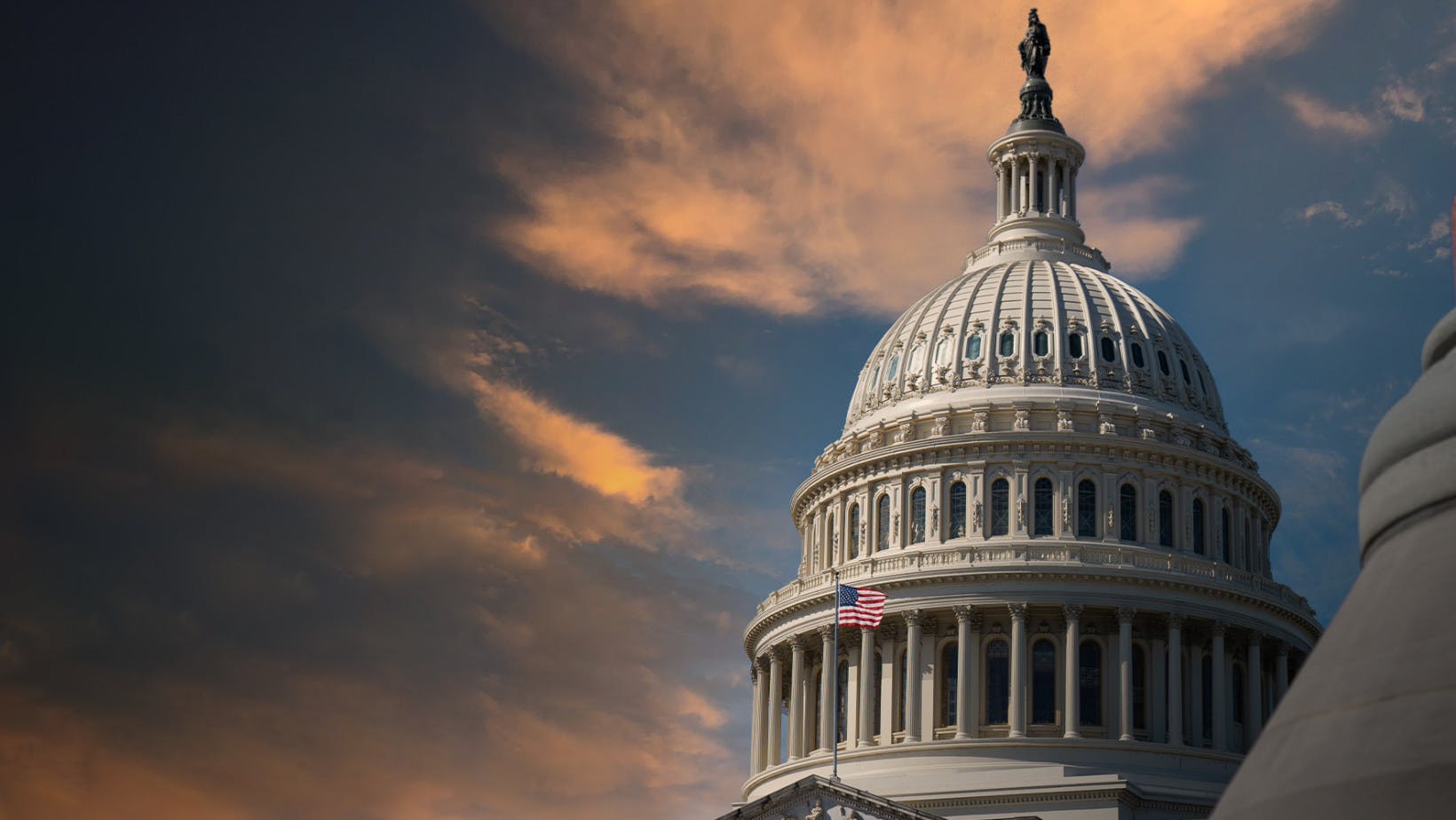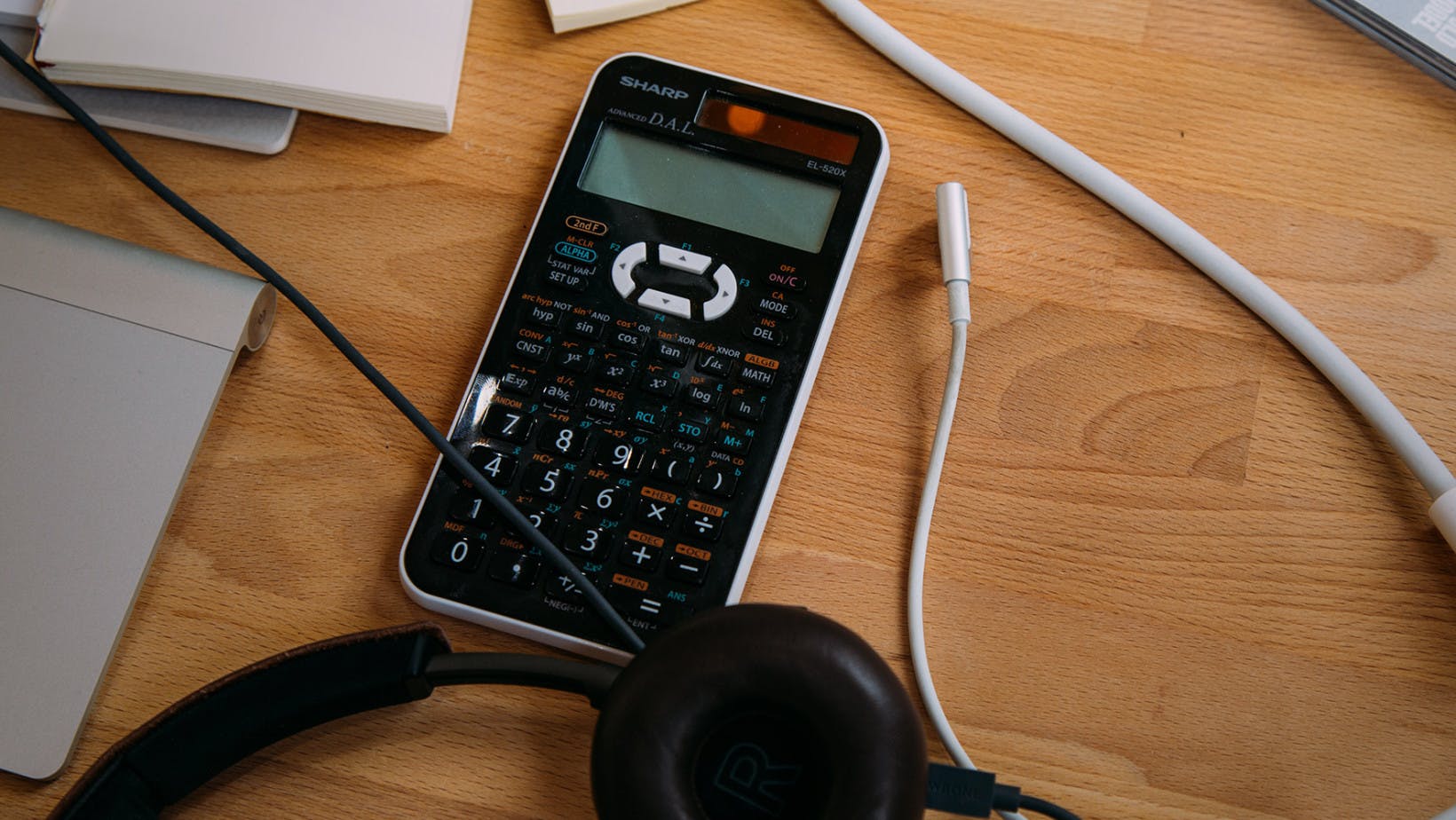
College Success
What Happened To Guaranteed Student Loans?
The Federally Guaranteed Student Loans Program is no more. We explain what happened to people’s debt and provide the present options for financial aid.
Nick Griffin
Subject Matter Expert

College Success
12.02.2022 • 13 min read
Subject Matter Expert
Find out how student loans were created and the changes in financial aid programs over the years. You’ll also learn who is in charge of lending the money, the reasons for interest rates, and recommendations to reduce the interest rate.
In This Article
Over 65% of college students graduate with student loan debt each year. The average college undergrad accumulates around $30,000 in loan debt before they even start working. Scary, right?
Keep in mind, student loans make a college education accessible to many students who could not otherwise afford it.
If taking out student loans is a part of your future, understand how they work to get the most out of them.
Two types of lenders provide student loans:
The U.S. Department of Education
Private financial institutions like banks and credit unions
These lenders have different requirements, loan options, interest rates, and terms for their loans.
Each year around 30% of undergraduate students take out federal student loans to pay for college. While private student loans are typically used to cover additional college expenses that federal loans do not. But this has not always been the case.
Taking out student loans is not the only way to help cover college expenses. Financial aid is the broad term that applies to any money that helps to pay for higher education.
Financial aid includes getting grants and scholarships that you do not have to pay back and student loans that you do.
No matter if you are right out of high school pursuing your bachelor's degree or considering going back to school in your 30s, you can qualify for grants and scholarships. You should do this prior to taking money out in student loans that need to be paid back with interest.
To understand the difference between federal and private student loans, we need to understand the creation of these programs.
Federal financial aid was first created to compete with other countries in math and science during the Cold War. The U.S. Government would provide grants and scholarships to students who showed exceptional academic promise and issue student loans to cover the remainder of their costs.
The federal government granted financial institutions the ability to issue federally backed student loans to any student who needed help paying for college. The government guaranteed these private loans under the Federal Family Education Loan Program (FFELP).
The federal government created Pell Grants to help students with exceptional financial needs attend college. Eligibility for Pell Grants was—and still is—determined by comparing the borrower’s family tax information to the cost of college.
The Free Application for Federal Student Aid (FAFSA) is created to allow anyone to borrow money directly from the federal government to pay for college expenses. This is the start of the federal direct loan programs we have now.
The federal government eliminates FFELP loans and stops backing private loans. This creates a division between federal direct loans and private loans, giving students a choice where their loans come from.
While students have a choice where their student loans come from, it is wise to first access federal student loans due to their lower interest rates. This is done by filling out a FAFSA to see how much in student loans you qualify for.
It is important to fill out the FAFSA accurately. This ensures that your estimated family contribution (EFC) and your college’s cost of attendance (COA) are correct. The FAFSA will tell you if you qualify for any federal grants or work-study programs and how much in federal student loans you can borrow.
Since private loans typically have a higher interest rate, you should only consider them once federal loans are exhausted. Finding the best private loan requires some research and educating yourself on the different terms and interest rates available.
It is important to compare federal and private student loans side by side:
| FEDERAL STUDENT LOANS | PRIVATE STUDENT LOANS |
| Students enrolled at least half time | Anyone is eligible |
| Lower fixed interest rate | Variable interest rate |
| Fill out a FAFSA to apply | A co-signer can reduce interest rate |
| College costs covered to certain amount | Can cover all college costs |
| 6-month grace period after graduation | Repayment starts after graduation |
| Can qualify for federal loan forgiveness | Can consolidate all loans |
Since federal loans offer a lower interest rate, they are much more popular than private loans. Currently, private student loan debt makes up 8.4% of all student loan debt, equalling around $140 billion nationally.
Whether you take out federal student loans, private student loans, or both, the lender distributes funds directly to your school of choice first. After paying for school costs—tuition, fees, room and board—you’ll receive the rest of the funds in disbursements through your school’s financial aid office.
When filling out a FAFSA to apply for federal loans, there are 4 types of federal student loans you could qualify for. It is imperative to understand the type of loan you have so that you can manage it appropriately without getting caught off guard.
A subsidized loan is granted to undergraduate students who exhibit financial need, as shown when comparing the cost of attendance (COA) to your estimated family contribution (EFC), to help pay for college.
If you receive a subsidized loan, the government will pay off the interest that accrues during your enrollment at school and for a 6-month deferment after you graduate. This gives you time to find a good job before repayment starts. This significantly cuts the amount of accrued loan interest in your monthly payments.
Subsidized federal student loans should be the first student loan taken out by any college student.
An unsubsidized loan is a federal direct loan available to undergraduate and graduate students from all income levels. You do not need to prove your financial need to secure an unsubsidized loan.
If you receive an unsubsidized loan, you will start accruing interest right away, meaning the government does not pay the interest for you while you are enrolled in school. The interest rates of unsubsidized loans are significantly lower than private loans since the federal government sets them.
Similar to subsidized loans, unsubsidized loans do not require payment until 6 months after you graduate from college. But you will have much more interest to pay back.
PLUS loans are divided into two categories: Parent PLUS Loans and Graduate PLUS Loans. PLUS loans are available to the parents of dependent students and to graduate/professional students.
Parent PLUS loans and Grad PLUS loans have a higher interest rate than other federal loans, but the rates are usually still lower than the rates for private loans. PLUS loans require a credit check, and borrowers with an adverse credit history or little credit history may be declined for the PLUS loan or may be required to provide a co-signer.
Consolidation loans differ from other types of loans. When loans are consolidated, it means that multiple loans are combined into one loan.
Since the interest rate of federal loans is so much lower than private loans, the federal government gives lenders the option to consolidate all their federal loans. This ensures that borrowers keep their low federal interest rate.
Dr. Kelly Richmond Pope of DePaul University gives her take on these loans:
Once you decide you are going to take out student loans, you will sign a master promissory note. This is your promise to pay back your student loans at the terms and rates defined.
Your term is how long you have to pay off your loan. Your rate is the percentage of interest you will pay back on top of the principal (the amount being borrowed).
Repayment on federal student loans will not start until 6 months after graduation, and private loans will typically start right when you graduate. So, make payments on your private loans while you are looking for a job unless the loan terms specify differently.
With private student loans, you make payments right to the financial institution you are working with, whether a bank or credit union.
Several federal repayment plans are available to federal student loan borrowers who are eligible. You make all federal student loan payments through one of ten student loan servicers that manage federal loans.
American Education Services (AES)
CornerStone
EdFinancial (HESC)
FedLoan Servicing (PHEAA)
Granite State (GSMR)
Great Lakes Educational Loan Services, Inc.
Missouri Higher Education Loan Authority (MOHELA)
Navient
Nelnet
Oklahoma Student Loan Authority (OSLA) Servicing
The servicer processes federal student loan payments and then sends the money to the U.S. Department of Treasury to pay back the borrowed money.
The interest rates on student loans are tied to the costs of processing and servicing the loan. Congress sets the interest rates for all borrowers on federal student loans based on these costs.
Private student loans set the loan interest rate according to the borrower’s credit score. Having a history of good credit—paying bills and paying off other loans on time—means you will have a lower interest rate on your loan.
If the borrower has a limited credit history or a poor credit score, they will have to acquire a co-signer (someone with good credit) to agree to pay off the private loan if the borrower defaults (fails to pay) on the loan.
It is not just the amount of money that is borrowed that needs to be paid back. There is also interest on any loan that is taken out. This interest is the cost of taking out the loan that is charged to the borrower.
Typically, the interest rate on a loan is fixed, meaning it is the same rate for the term of the loan. With some private loans, there are variable interest rates. With a variable interest rate, the interest amount can change monthly or annually depending on the market index.
Since a big part of managing a budget is the predictability of costs, you should avoid variable interest rate loans.
Federal loan interest rates depend on the type of federal loan you are accessing:
| TYPE OF FEDERAL LOAN | INTEREST RATE UNTIL 7/2023 | MAX PER YEAR |
| Direct Subsidized | 4.99% | $12,500 |
| Direct Unsubsidized | 6.54% | Undergrad $12,500; Graduate $20,500 |
| Direct PLUS Loan | 7.54% | $20,500 |
| Direct Consolidation | Average of current loans | Total of federal loans |
To determine the interest rates of private student loans, it is imperative to research the best private student loans for you. These rates will be across a wide range of fixed and variable interest loans.
The interest rates on student loans may seem very high compared to other things that may require a loan, such as a house or a car. This is because education is not tangible, meaning it cannot be seized if you do not pay for it.
With a house or a car, there is less risk by the lender since they technically own the house or car that the loan is for. This is also why credit card interest is so high.
The lender, whether the federal government or a private financial institution, will determine the amount of money you need to pay each month to pay off the loan within the agreed-upon term.
If a student loan has a term of 10 years, the principal amount of the loan with interest will be divided monthly throughout those 10 years into a consistent payment. This way you will know exactly what you need to pay.
You can reduce the interest on your student loans by following these tips:
If you can afford it, making a larger payment each month will reduce the amount of interest you have to pay.
By making a monthly payment that is higher than your set payments, you are taking months off of the loan at the end. This also means you will not have to pay the interest rate on those future monthly payments either.
Consolidate means bringing all your loans together into one. This can be done with federal or private loans.
By making one payment each month instead of several, you are simplifying your loan balance under one interest rate. Consolidation programs usually offer longer terms, which will reduce your monthly payment amount.
It is possible to consolidate both private and federal loans together with a private lender. While consolidation can be helpful, turning your federal loans into private loans means no longer being eligible for things like federal repayment options or student loan forgiveness programs.
Beyond federal student loan programs such as student loan repayment options, there are also federal forgiveness programs.
If a government or non-profit organization employed you, you may be eligible for Public Service Loan Forgiveness (PSLF). If you work for a qualifying organization, the federal government will pay off your remaining student loans after 120 qualifying payments.
Teacher Loan Forgiveness allows anyone who teaches in a low-income school for 5 years to have up to $17,500 forgiven from their student debt.
Since federal student loans have a lower interest rate than private loans, not taking out private loans can save you thousands of dollars in interest. The tricky part of this is that federal loans have a capped loan limit based on the type of loan, and there will be extra expenses.
Try creating a college budget and sticking to it to reduce your costs. This type of financial planning can be a huge benefit to you for the rest of your life.
Getting a college job can also reduce the amount of money you have to take out in loans. By having a job, you can pay for things like housing, food, and supplies as you earn the money.
Not only will having a college job reduce your interest payments over time, but it is also a great way to earn valuable skills and references for your future job after college.
When you need to access student loans to help pay for school, the first thing to do is fill out a FAFSA. This will let you know if you qualify for any grants and what type of federal loans you can access.
If you qualify for subsidized loans, great! Take these out first. See if you can cover all your costs with your subsidized loans and earn money while going to school to pay for your living expenses.
Taking out unsubsidized federal loans is also a great option before considering private loans. Try to pay off the interest on your loans as it accumulates during school. This will save you lots of money in the long run.
Knowing that student loans come from both the federal government and private lenders, you can make an educated decision about which types of loans to fund your education. Think of student loans as a tool to help you move down the path to achieving your goals.
Outlier (winner of TIME Best Inventions 2020) and Golden Gate University (#1 school for working professionals) have redesigned the experience of earning a college degree to minimize cost and maximize outcomes. Explore a revolutionary way to earn your college degree:

College Success
The Federally Guaranteed Student Loans Program is no more. We explain what happened to people’s debt and provide the present options for financial aid.
Subject Matter Expert

College Success
Learn what a fixed cost is with some examples, the differences between variable and fixed costs, and why there are no fixed costs in the long run.
Subject Matter Expert

College Success
Learn the different types of student loans and the difference between federal and private. Also read how to apply for these loans and which type of loan is best.
Subject Matter Expert